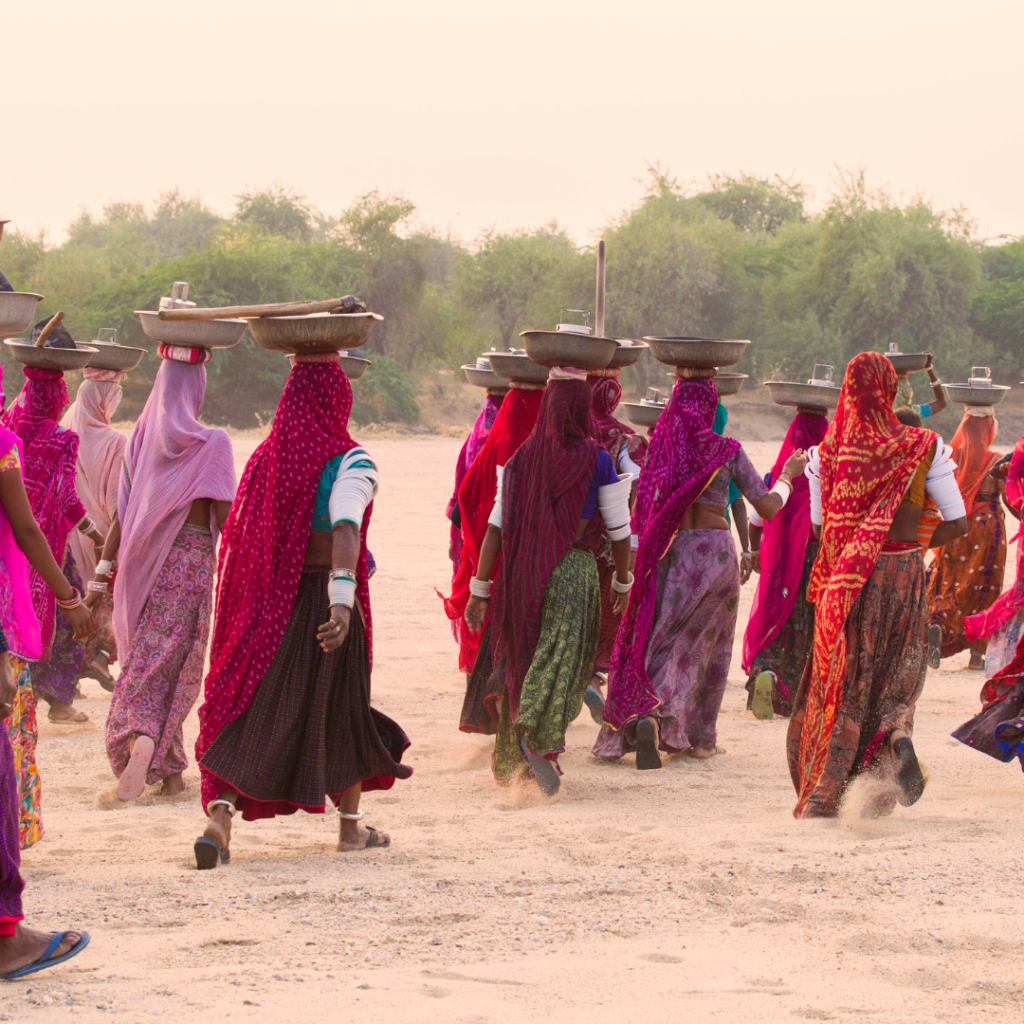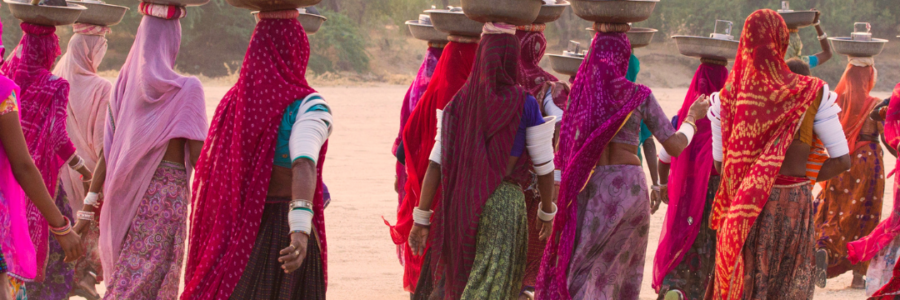Authors: Sona Mitra, Sruthi Kutty, and Sonakshi Chaudhry
Published: August 30th, 2024 in The Hindu

Nari Shakti or women-led development remains at the core of announcements made by the hon’ble FM in this year’s budget, placed recently. The FM reiterated the government’s commitment to women’s empowerment that was reflected in budget allocations to pro-women programmes, as reported by the Gender budget Statement (GBS). The GB reached 1% of the GDP estimates in 2024-25 and the overall allocations stand at more than 3 lakh crores INR for pro-women programmes.
The GBS, since it was first introduced in 2005-06, consistently reported an average share of 5% of the total budgetary allocations, with marginal ups and downs. This year is special as the share of allocations to pro-women schemes stands at approximately 6.8% of the total budget expenditure for 2024-25, which is way above the usual trends and marks a positive departure from the earlier status quo.
The increase in the GB allocations are driven by two major factors – a part of this increase has been on account of newly included Part ‘C,’ a third part in the GBS that reports pro-women schemes with less than 30% provisioning for women. The PM Kisan scheme in the agriculture sector has been reported in part C with an outlay of INR 15,000 crore. This is 25% of the total outlay towards the programme.
The second factor driving the overall increase is driven by an increase in part A of the statement. Part A reports expenditures in schemes with 100% allocations for women. Part A had previously constituted 15-17% of overall allocations reported in the GBS till BE 2022-23. Since BE 2023-24, there was a sudden increase in the allocations in part A that raised the share of pro-women schemes with 100% allocations for women to almost 40% and above (figure 1). This was mainly due to a change in reporting where the PM Awas Yojana both rural and urban were reported in part A instead of part B. Incidentally, part B of the GBS reports programmes with allocations of 30-99% for women and hence only a part of Awas Yojana were reported earlier. This year the entire allocation of INR 80,670 crore, has been reported under part A.

Figure 1: Total allocations under Part A as share of total GB
Additionally, the entire allocation to the National Rural Livelihoods Mission (NRLM) is reflected in Part A of the GBS, indicating that 100% of its outlay is dedicated to women and girls, which is technically correct and should have been done earlier. This is a welcome update from the Budgeted Estimates of 2023-24, where only 50% of the scheme’s total outlay used to be reflected in part B of the GBS.The GBS also correctly reported increased allocations for the Ministry of Electronics & IT and 48% of Jal Jeevan Mission in Part B. Meanwhile, the Mahatma Gandhi National Rural Employment Guarantee Scheme (MGNREGS), which has the third highest allocation among schemes for women in the GBS, is currently reported under Part B with INR 28,888.67 crore, or 33.6% of its total outlay. It is important to note that women generated 59.3% of all person days as of December 2023, and should have received commensurate wages from the total MGNREGA budget, yet only 33.6% gets reflected in the GBS. The GBS also missed on reporting on the schemes for women entrepreneurs such as PM Vishwakarma, SVANidhi, and Stand-Up India. However, PM Employment Generation Programme (PMEGP), which aims to assist entrepreneurs in setting up micro businesses in the non-farm sector, received a GBS allocation of INR 920 crore or 40% of the total allocation to PMEGP.
Experts for long have been pointing to the need for a detailed, three-part GBS to address reporting anomalies. To further strengthen it, the exercise should also include respective rationale for such reporting to ensure accuracy of allocations and reduce the probability of missing allocations. The current format of the GBS gives hope for a better utilization of the tool in future.
Gender responsive budgeting is a powerful tool to close the gender gaps in an economy. Several years of advocating for improved reporting in the GBS by a range of stakeholders is reflected in the inclusion of a third part. However, it needs to be emphasized that detailed reporting is not a mere exercise in increasing the quantum of allocations reported for women’s development – it is an exercise to ensure actual spending for women in all government programmes, that are well planned and designed to include women’s needs from its inception. This will be achieved only when the GB tool is used effectively at all levels of the Union and the state government departments. That said, the promise to lead a path of women-led development can be fulfilled only when there is active participation of women in policy decisions as well as including women at the inception of programme designing. This will ensure that the benefits of development are distributed equitably amongst women and girls.
Sona Mitra and Sruthi Kutty work with IWWAGE, an initiative of LEAD at Krea University, and Sonakshi Chaudhry works at The Quantum Hub (TQH Consulting).
